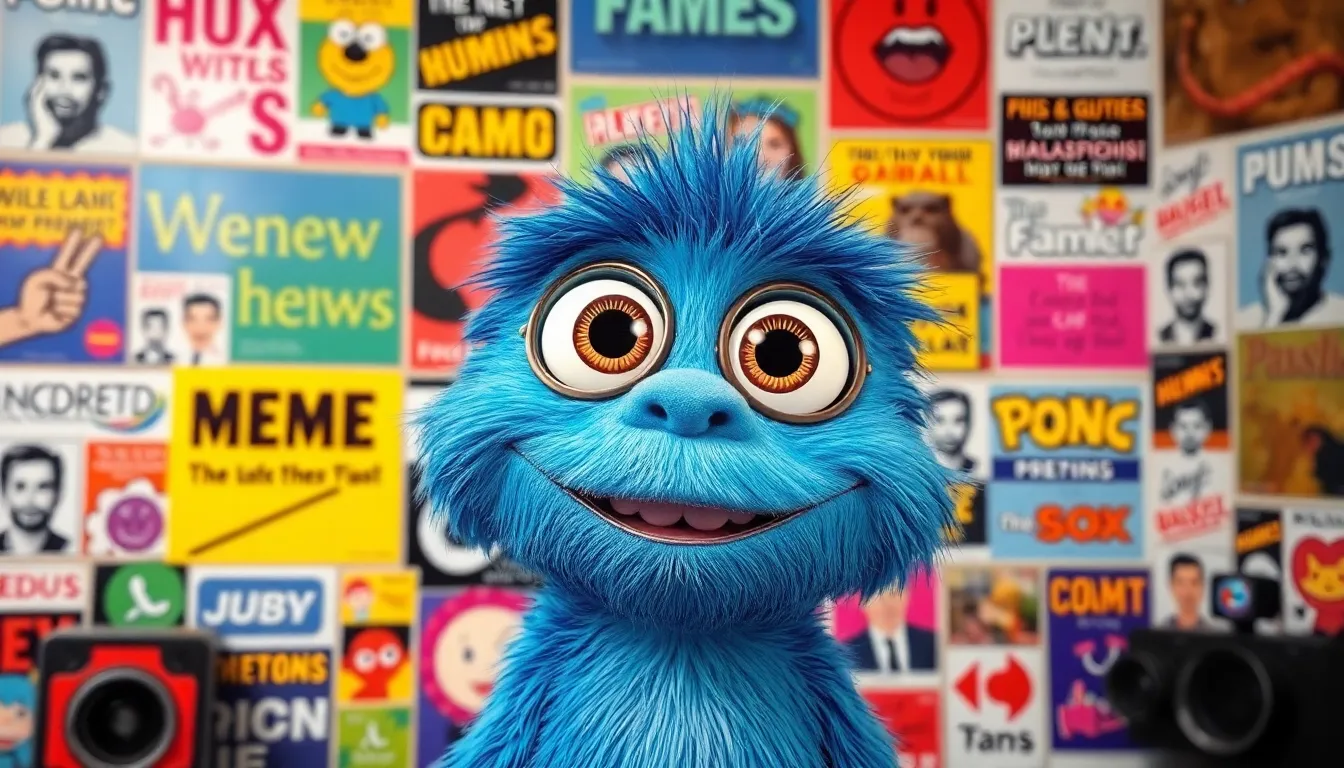Race and culture are like a dynamic duo, constantly shaping the world around us. They’re intertwined in ways that can spark joy, ignite debates, or even inspire a dance-off at a family gathering. Understanding their relationship isn’t just for academics; it’s essential for anyone who wants to navigate today’s diverse society with finesse.
Table of Contents
ToggleUnderstanding Race and Culture
Understanding race and culture involves recognizing how these concepts intersect and influence each other in society. Both play vital roles in shaping identities and experiences.
Definitions and Key Concepts
Race refers to categories based on physical traits such as skin color, hair texture, and facial features. Culture encompasses beliefs, customs, practices, and values shared by a group. Identity connects closely to both race and culture, often dictating how individuals perceive themselves and are perceived by others. Social constructs influence these definitions, leading to varying interpretations across different contexts. Recognition of diversity within racial and cultural groups enhances the comprehension of human experiences. This understanding fosters a more inclusive dialogue.
Historical Context
Historical events significantly shaped the relationship between race and culture. Colonialism altered cultural dynamics, imposing new racial hierarchies. The transatlantic slave trade introduced profound racial distinctions, leading to systemic inequalities. Movements, such as civil rights, challenged oppressive structures, promoting awareness of racial and cultural identities. Notable legislative changes, like the Civil Rights Act of 1964, addressed discrimination and sought to unify diverse groups under shared societal frameworks. Continual examination of historical contexts reveals ongoing impacts on contemporary culture and race relations.
The Intersection of Race and Culture
The intersection of race and culture reveals how intertwined these factors are in shaping human experiences. Examining their relationship highlights the importance of cultural identity and social expression.
Cultural Identity and Expression
Cultural identity encompasses beliefs, values, and practices rooted in racial backgrounds. Expressions of culture manifest through language, art, and traditions unique to each group. Individuals often express their heritage through festivals, music, and cuisine, fostering a sense of belonging. This cultural expression not only celebrates diversity but also reinforces community bonds among individuals. Shared experiences, narratives, and customs contribute significantly to one’s identity, reflecting the influence of race on personal and collective experiences.
Influence of Race on Cultural Practices
Race significantly influences the evolution of cultural practices within communities. Variations in race often lead to distinct approaches in art forms, religious practices, and social rituals. For example, African American spirituals possess unique historical and emotional resonances tied to oppressive pasts. Similarly, Asian immigrant communities may integrate traditional celebrations with contemporary cultural elements, highlighting adaptability. These dynamics illustrate how race shapes cultural practices, leading to diverse expressions and evolving identities. Understanding these influences provides clarity on the complexities of race and culture, promoting richer dialogue and appreciation.
Contemporary Issues in Race and Culture
Contemporary issues around race and culture significantly shape societal dynamics and public discourse. Various factors contribute to these ongoing discussions.
Racial Representation in Media
Media representation plays a critical role in shaping perceptions of race and cultural identities. Increased representation of diverse racial groups leads to more balanced narratives that reflect real-life experiences. Studies indicate that individuals exposed to varied racial depictions report enhanced empathy and understanding. Films and television shows increasingly bring attention to underrepresented communities. For example, popular series highlight Black, Latinx, and Asian stories, challenging stereotypes and sparking conversations about identity. Progress in this area encourages a more inclusive media landscape, where different voices receive recognition and respect.
Impact of Globalization on Cultural Dynamics
Globalization influences cultural exchanges and the evolution of cultural identities. Increased connectivity has facilitated the sharing of cultural practices and traditions across geographical boundaries. This exposure can lead to a blending of cultural elements, creating hybrid identities. Notably, music genres like hip-hop have emerged from cross-cultural influences, illustrating the interconnectedness of race and culture. Local traditions sometimes face pressures from dominant global narratives, leading to transformation or dilution. Cultural appreciation may arise from these exchanges, but it’s essential to navigate them carefully to respect original traditions. Balancing cultural influences ensures inclusiveness while maintaining identity integrity.
Promoting Diversity and Inclusion
Promoting diversity and inclusion involves intentional actions that respect and celebrate differences. Engaging with various cultures enriches understanding and encourages collaboration.
Strategies for Cultural Engagement
Engagement starts with active listening. Community events provide platforms for sharing cultural expressions. Representation in leadership fosters an inclusive atmosphere. Workshops create safe spaces for dialogue about cultural experiences and challenges. Utilizing social media channels amplifies diverse voices and experiences, encouraging broader participation. Forming partnerships between racial and cultural organizations enhances collaboration and resource sharing.
The Role of Education in Addressing Race and Culture
Education serves as a vital tool for fostering understanding. Incorporating multicultural curricula breaks down misconceptions about race and culture. Schools can implement diversity training for staff, promoting inclusive practices in classrooms. Encouraging critical discussions in educational settings builds awareness of systemic inequalities. Offering scholarships for minority students fosters access and opportunity. Community education programs create avenues for lifelong learning about diverse cultures and histories.
Understanding the interplay between race and culture is essential for fostering a more inclusive society. By recognizing the unique identities shaped by these elements individuals can engage more meaningfully with diverse communities. Cultural expressions serve as vital tools for connection and belonging while also reflecting the historical contexts that influence them.
As society continues to evolve the importance of representation and active participation in cultural exchanges cannot be overstated. Embracing diversity not only enriches personal experiences but also strengthens communal bonds. Through education and intentional engagement people can work towards dismantling systemic inequalities and promoting unity. Ultimately a deeper appreciation of race and culture paves the way for a more harmonious coexistence.




